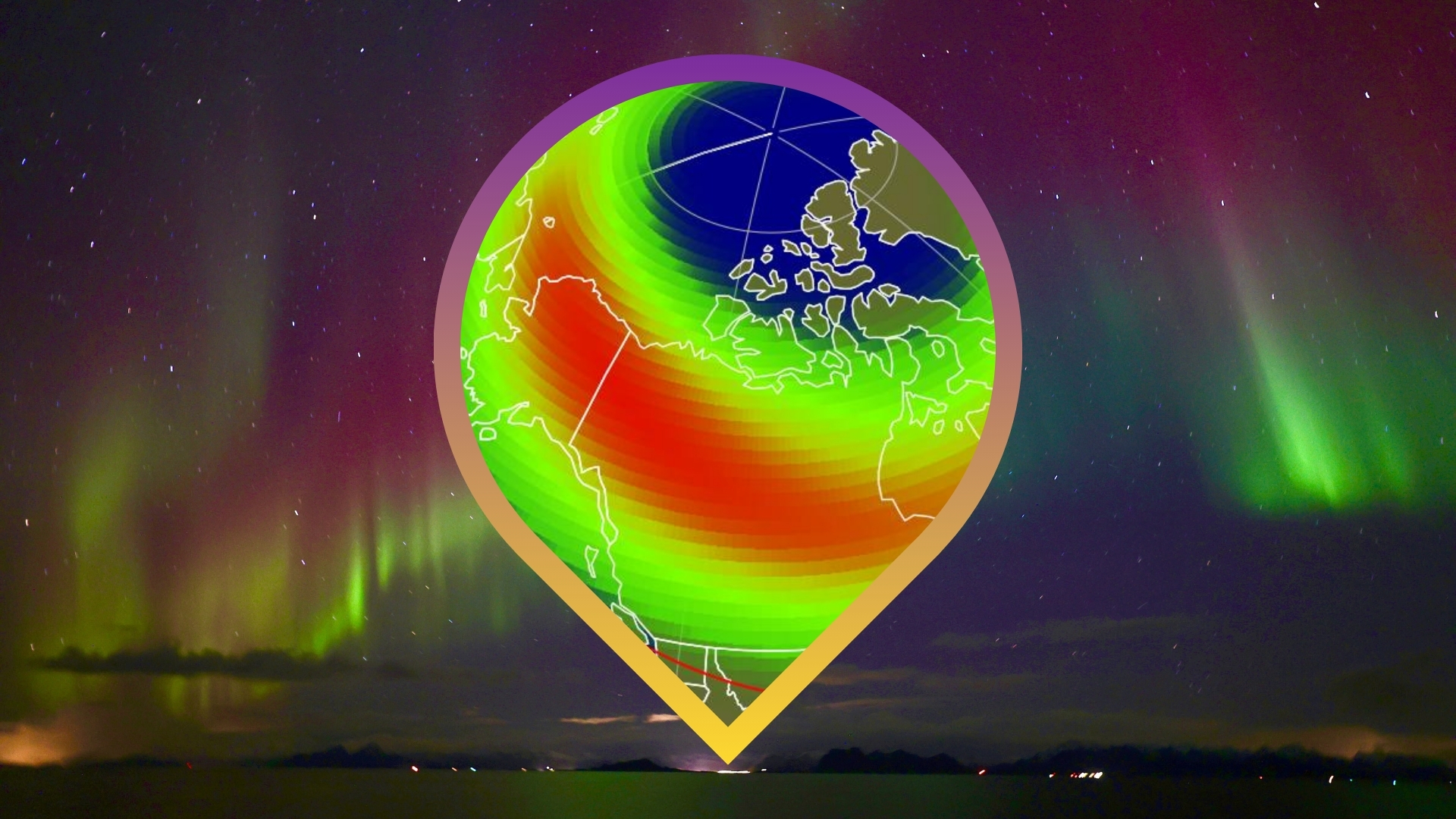Spacecraft Surfs Jupiter's Magnetic Tail

NASA's Pluto-bound spacecraft, New Horizons, recently surfed a long tail of charged particles trailing behind Jupiter. Observations from that wild ride revealed enormous bobbing bubbles of charged particles, or "plasma," and showed that the structure of the planet's tadpole-shaped "magnetotail" is surprisingly varied.
The findings, detailed in two reports in the Oct. 9 issue of the journal Science, could help scientists understand the protective magnetic environment surrounding Earth and other planets.
"If we understand our Jupiter better, we will be able to further understand the extrasolar 'hot Jupiters' of other stars," Norbert Krupp, an astronomer at the Max Planck Institute for Solar System Research in Germany who was not involved in the studies, wrote in a related Science article.
Blowing bubbles
In the space surrounding many of the planets in our solar system, there is an ongoing struggle between the magnetic fields of those planets and fast-moving charged particles of the sun's solar wind. The region around a planet where the magnetic field is strong enough to slow down or even repel the solar wind is called the magnetosphere.
The Jovian magnetosphere is enormous. It has a diameter 200 times that of Jupiter itself and is the largest cohesive structure in the solar system. Despite Jupiter's great distance from us, "If you could 'see' the magnetosphere of Jupiter from Earth, it would be about the size of the full Moon," said Ralph McNutt, a senior scientist at John Hopkins University's Applied Physics Laboratory and a lead author on one of the studies.
The side of Jupiter's magnetosphere facing the sun gets squashed by the barrage of oncoming solar-wind particles, but the opposite side is distended like the tail of a comet.
Breaking space news, the latest updates on rocket launches, skywatching events and more!
As part of a slingshot maneuver to shorten its journey toward Pluto, New Horizons entered Jupiter's magnetosphere in February 2007 and journeyed down the magnetotail for more than a hundred million miles—longer than any other spacecraft that had visited before.
Inside, New Horizons whizzed past relatively slow moving blobs of plasma, or "plasmoids," that bobbed along inside the magnetotail, guided along by Jupiter's magnetic field.
Scientists think the bubbles are formed from material ejected by Io, a Jovian satellite and the most volcanically active body in the solar system. Once ejected, the particles that make up Io's prodigious debris—the moon spews about 1 metric ton of material per second—are stripped of their electrons by particles in Jupiter's magnetosphere and become captured by the magnetosphere. The snared particles linger around Jupiter like a cloud.
McNutt and his teammates propose that Io's captured particles stretch Jupiter's magnetic field lines like rubber bands, and that occasionally, the field lines snap back into place in "magnetic reconnection" events.
Like elastic thread slicing through gelatin, scientists think the snapping field lines carve out huge chunks of the plasma blobs around Jupiter. These chunks are the plasmoids.
The snapping motion also imparts energy to these plasma bubbles and provides the acceleration needed to propel them down Jupiter's magnetotail.
Unusually structured
New Horizons also detected another class of very hot charged particles hurtling down the magnetotail, which cooled and slowed as they moved away from the planet. Some of the particles originated from Io, but others came from the solar wind and Jupiter's atmosphere. The last source was a surprise to scientists.
"It's clear there's a significant escape of the material from the planet because the brightest burst we see turns out to be material that's largely from Jupiter, not from the solar wind or Io," said David McComas, the principal investigator of New Horizons' Solar Wind Around Pluto (SWAP) instrument and lead author of the other Science study.
The spacecraft also found that, in contrast to Earth's tail, the Jovian magnetotail is surprisingly structured, containing both gradual variations and sharp boundaries in the plasma density.
"There are reports of observations of the Earth's tail as far as about 1,000 Earth radii downstream by the Pioneer 7 spacecraft, but these were intermittent and the structure was certainly not as well ordered" as Jupiter, McNutt said.
Jupiter's magnetotail is long, but it is not infinite. At some point, the gas planet's influence is no longer felt and the magnetotail tapers out, blending into the solar wind.
The plasmoids likely lose their shape as well at those distances, McNutt said, and their particles probably merge with those from the sun.
- VIDEO: Passport to Pluto
- VIDEO: Follow New Horizons on its Jupiter Flyby
- IMAGES: Bound for Pluto
Ker Than is a science writer and children's book author who joined Space.com as a Staff Writer from 2005 to 2007. Ker covered astronomy and human spaceflight while at Space.com, including space shuttle launches, and has authored three science books for kids about earthquakes, stars and black holes. Ker's work has also appeared in National Geographic, Nature News, New Scientist and Sky & Telescope, among others. He earned a bachelor's degree in biology from UC Irvine and a master's degree in science journalism from New York University. Ker is currently the Director of Science Communications at Stanford University.
